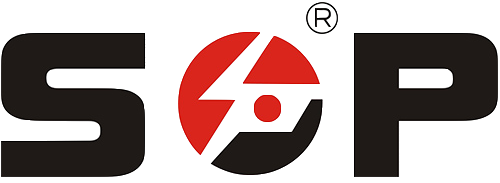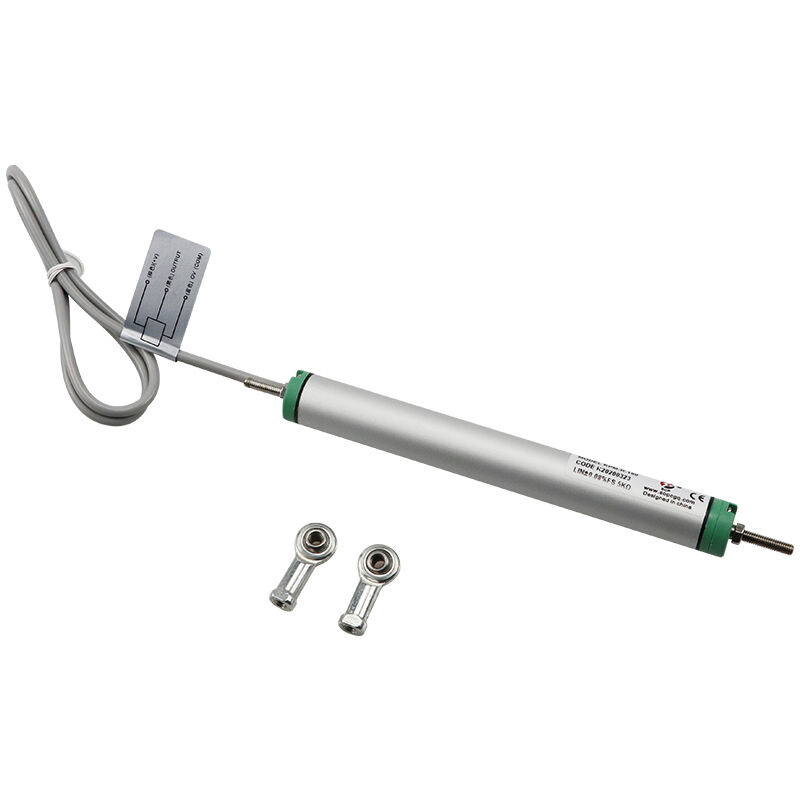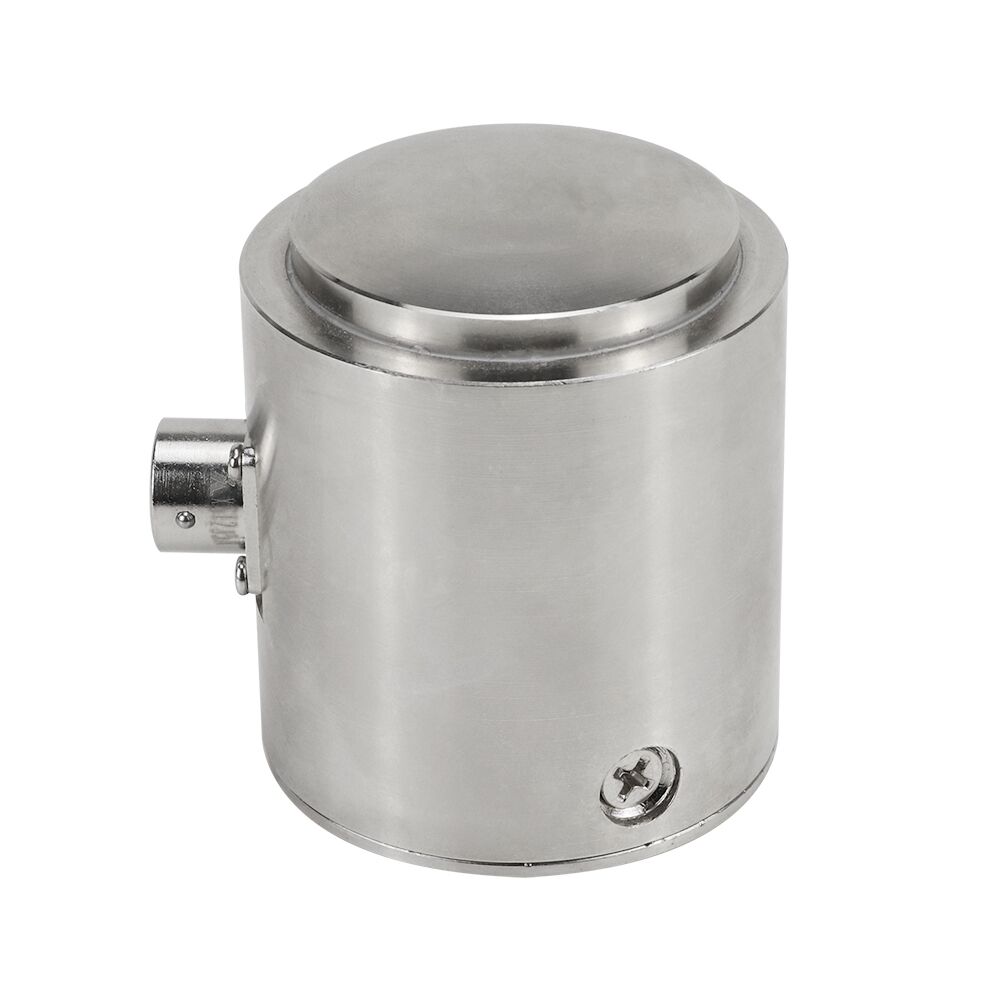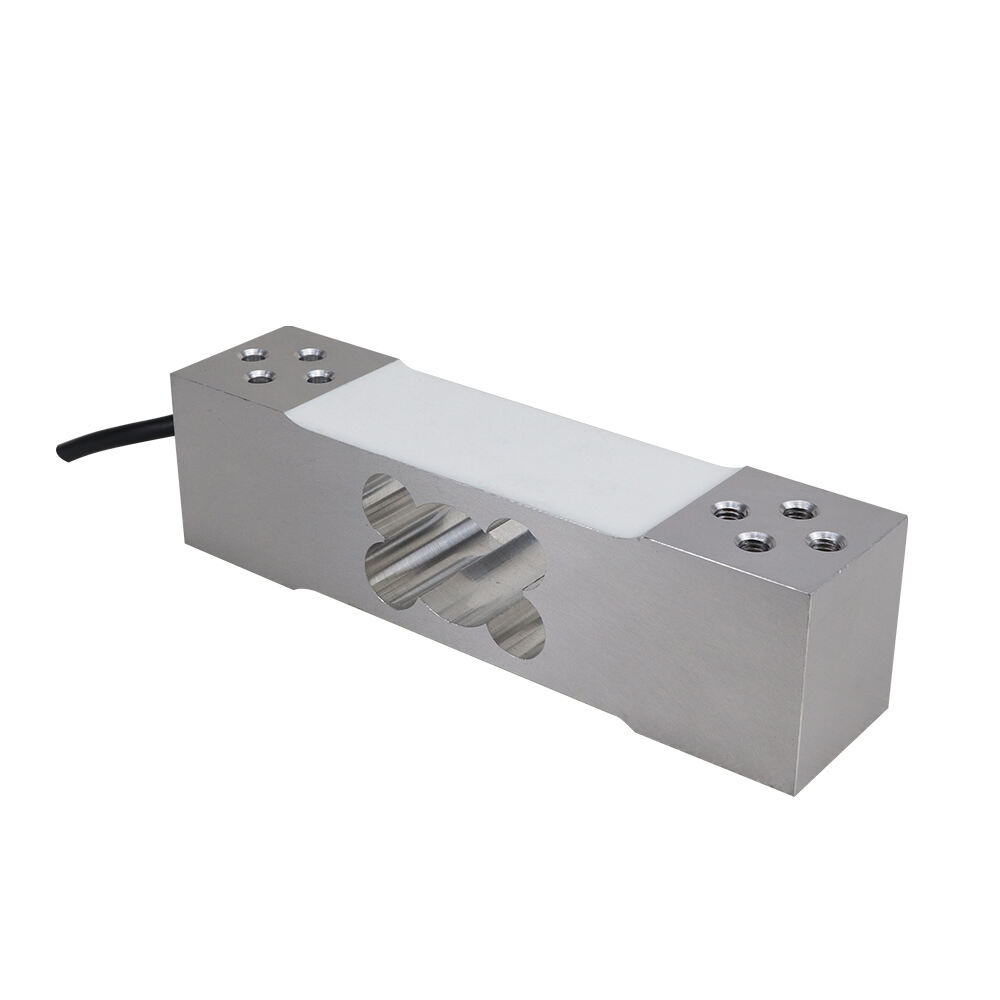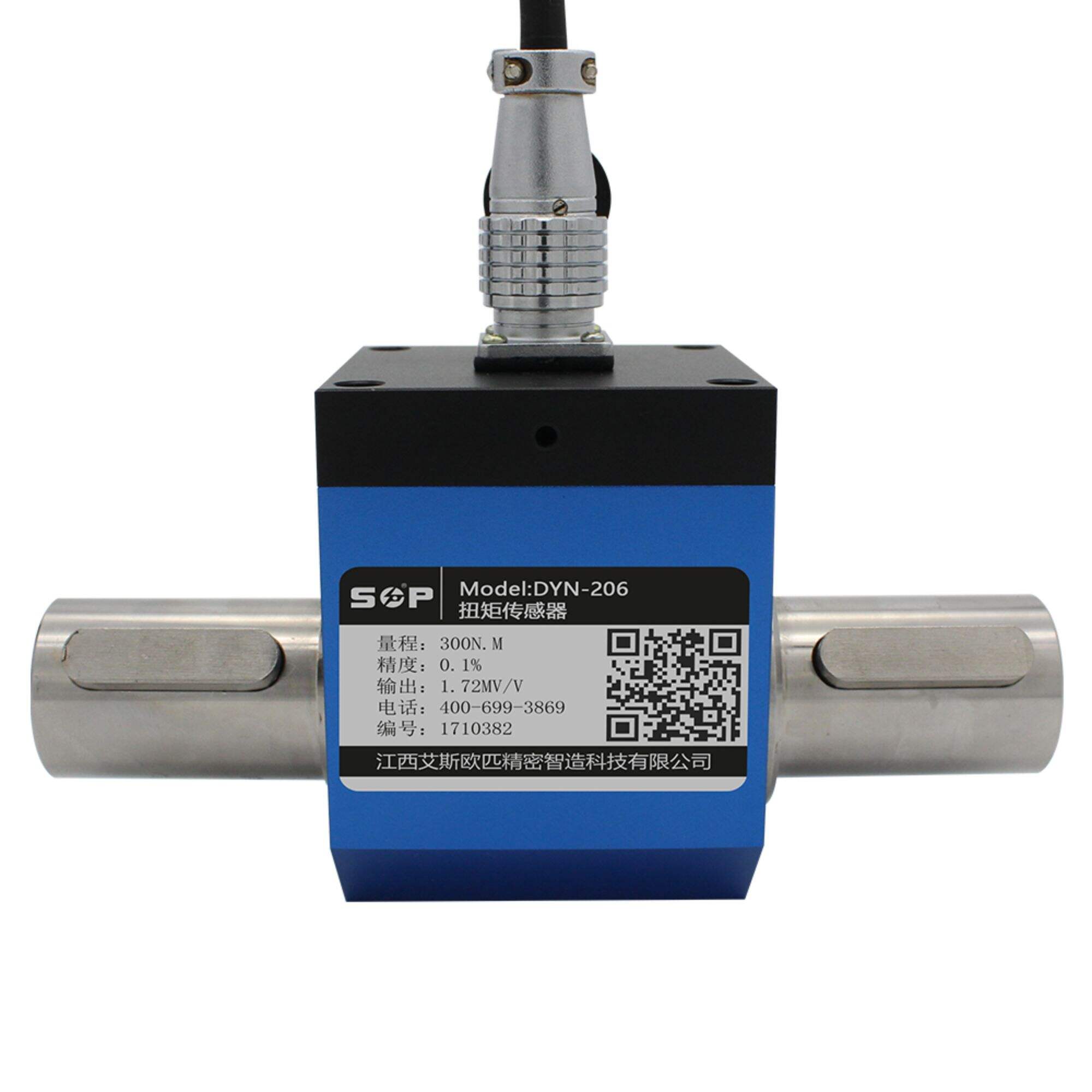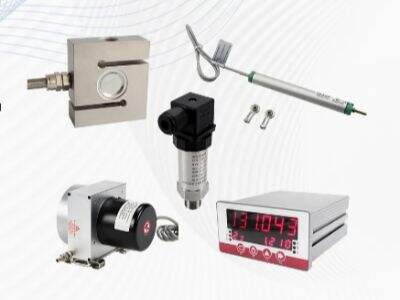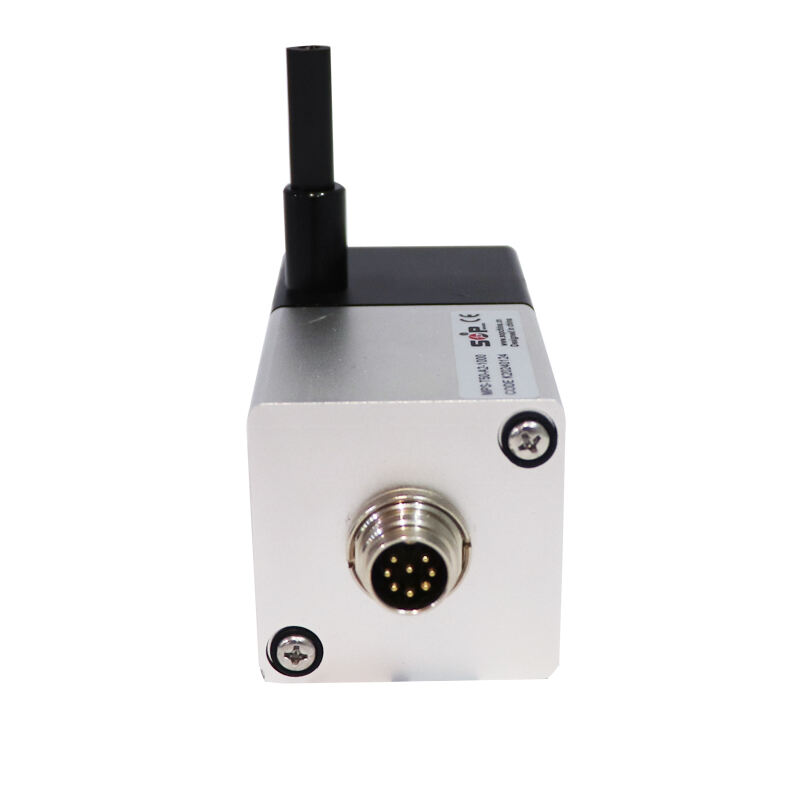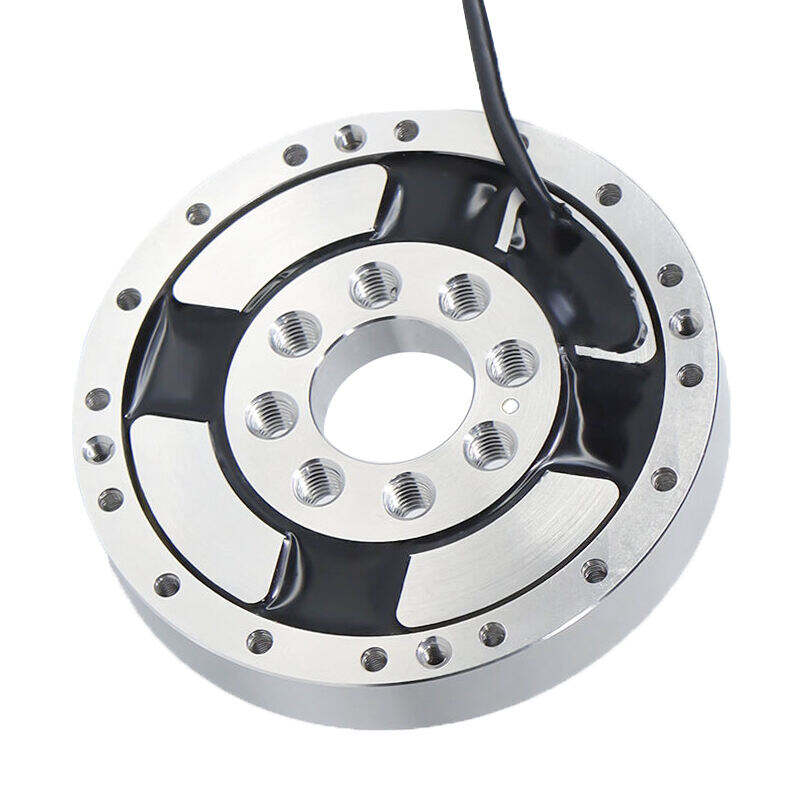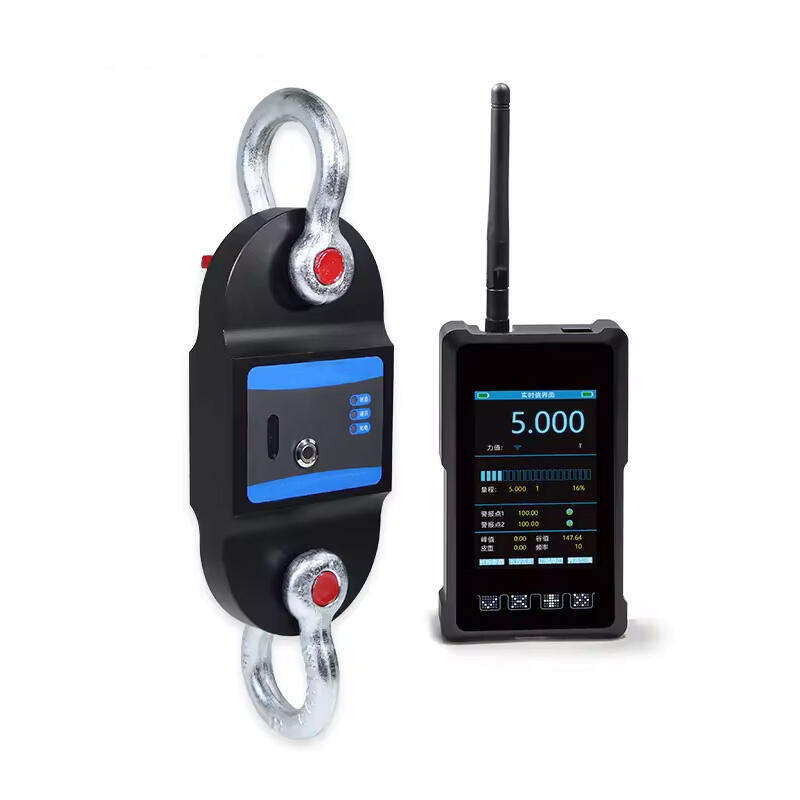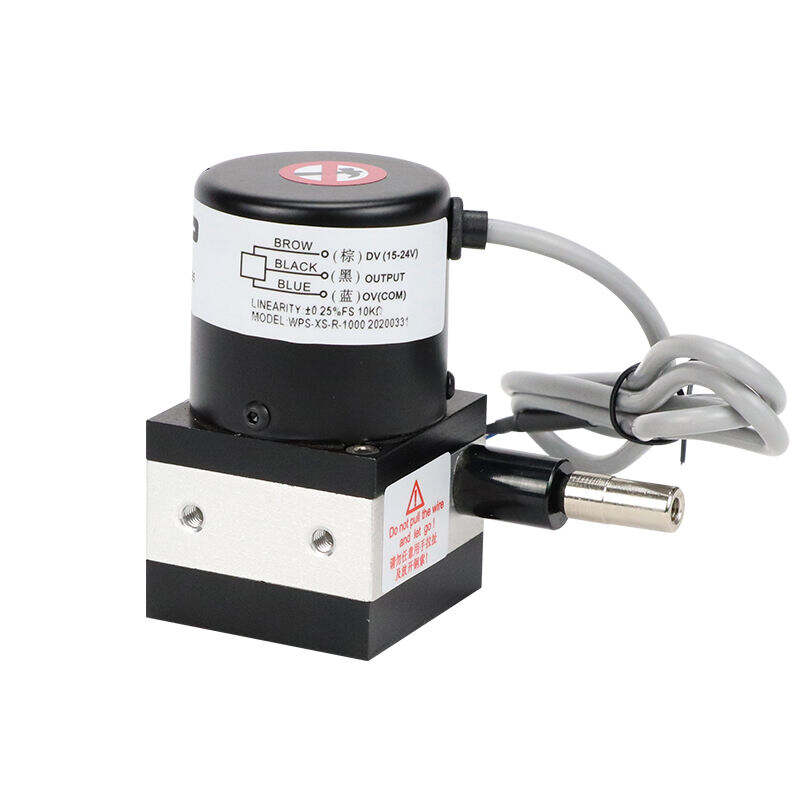water pressure transducer
A water pressure transducer is a sophisticated measurement device that converts water pressure into electrical signals for precise monitoring and control applications. This essential instrument combines advanced sensing technology with robust construction to deliver accurate pressure readings in various water-based systems. The device operates through a specialized membrane that responds to pressure changes, translating physical force into proportional electrical outputs that can be easily interpreted by monitoring systems. Modern water pressure transducers incorporate features such as temperature compensation, digital signal processing, and various output options including 4-20mA, 0-5V, or digital protocols. These devices find extensive applications across multiple industries, from municipal water management to industrial processes, offering continuous pressure monitoring capabilities. Their design typically includes corrosion-resistant materials, protective housings, and calibration features that ensure long-term reliability and accuracy. Water pressure transducers play a crucial role in maintaining system efficiency, preventing equipment damage, and ensuring operational safety through real-time pressure monitoring and automated control systems integration.
